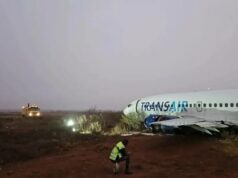After AGNI SSM Series, AKASH SAM SERIES Now ASTRA AAM Series

After concentrating on Strategic AGNI Surface to Surface Missile, India now hasthe ability to hit back at nearly all corners of the World if required. Similarly with AKASH Surface to Air Missiles we are already moving towards Mk3 version that should soon give us the indigenous system equivalent to S400& S500 of the Russians.
Now finally we have consolidated on ASTRA MK1 Air to Air Missiles and moving to soon manufacturing the Mk2 version and test the Mk3 version. These missile will give our fighters the much needed Beyond Visual Range fighting capability
ASTRA MK-I BVR AAM has been indigenously designed and developed by Defence Research and Development Organisation as per requirements given by the Indian Air Force. It caters for Beyond Visual Range as well as Close Combat Engagement reducing the dependency on foreign sources. BVR capability provides large Stand Off Ranges to own fighter aircraft which can neutralise the adversary’s aircraft without exposing itself to the adversary’s Air Defence measures, thereby gaining and sustaining superiority of the Air Space.
ASTRA MK-I missile and all associated systems for its launch, ground handling and testing has been developed by DRDO in coordination with the IAF. It is fully integrated on the Sukhoi Su-30MK-I fighter aircraft and will soon be integrated with other fighter aircraft in a phased manner, including by the Tejas. Even the Indian Navy will integrate the missile on its MiG-29K fighter aircraft.
This missile is technologically and economically superior to nearly all such imported missile systems. DRDO has given the technology to BDL for production of ASTRA MK-I missile and all associated systems has been completed and production at BDL is in progress at a cost of nearly 3000 crores. This project will create opportunities for several MSMEs in aerospace technology for a period of at least 25 years. The project will help facilitate realising the country’s journey towards self-reliance in Air to Air Missiles.



